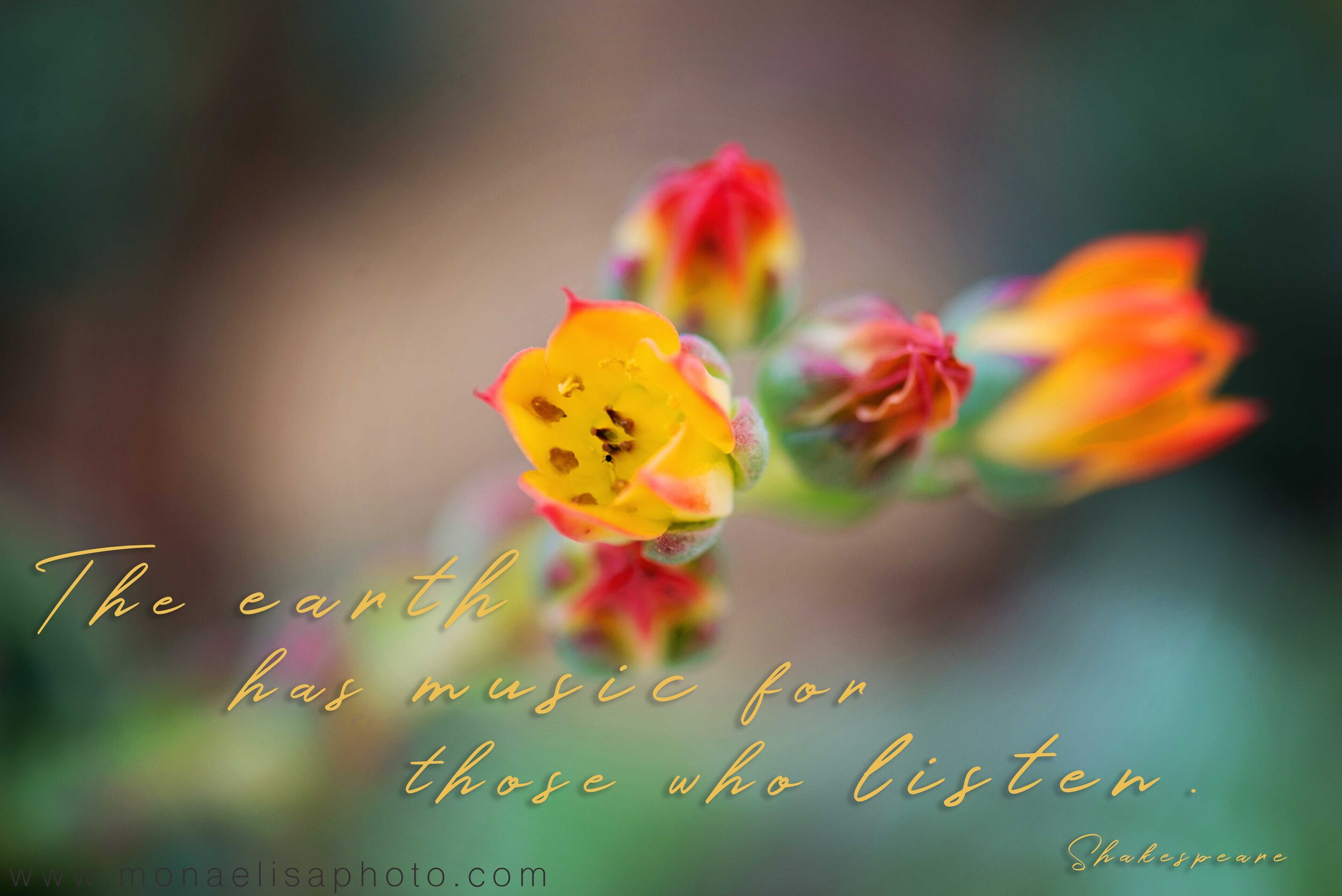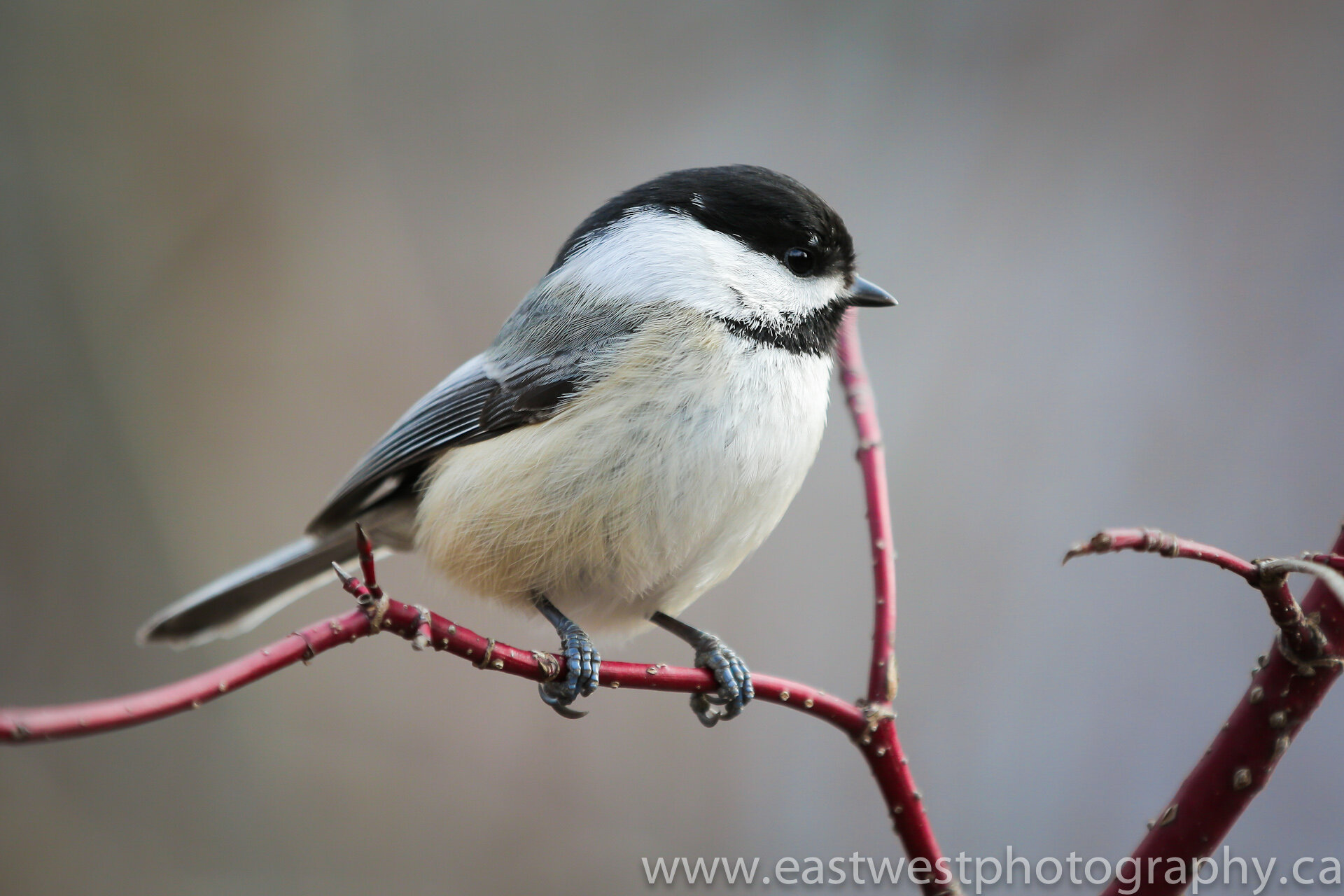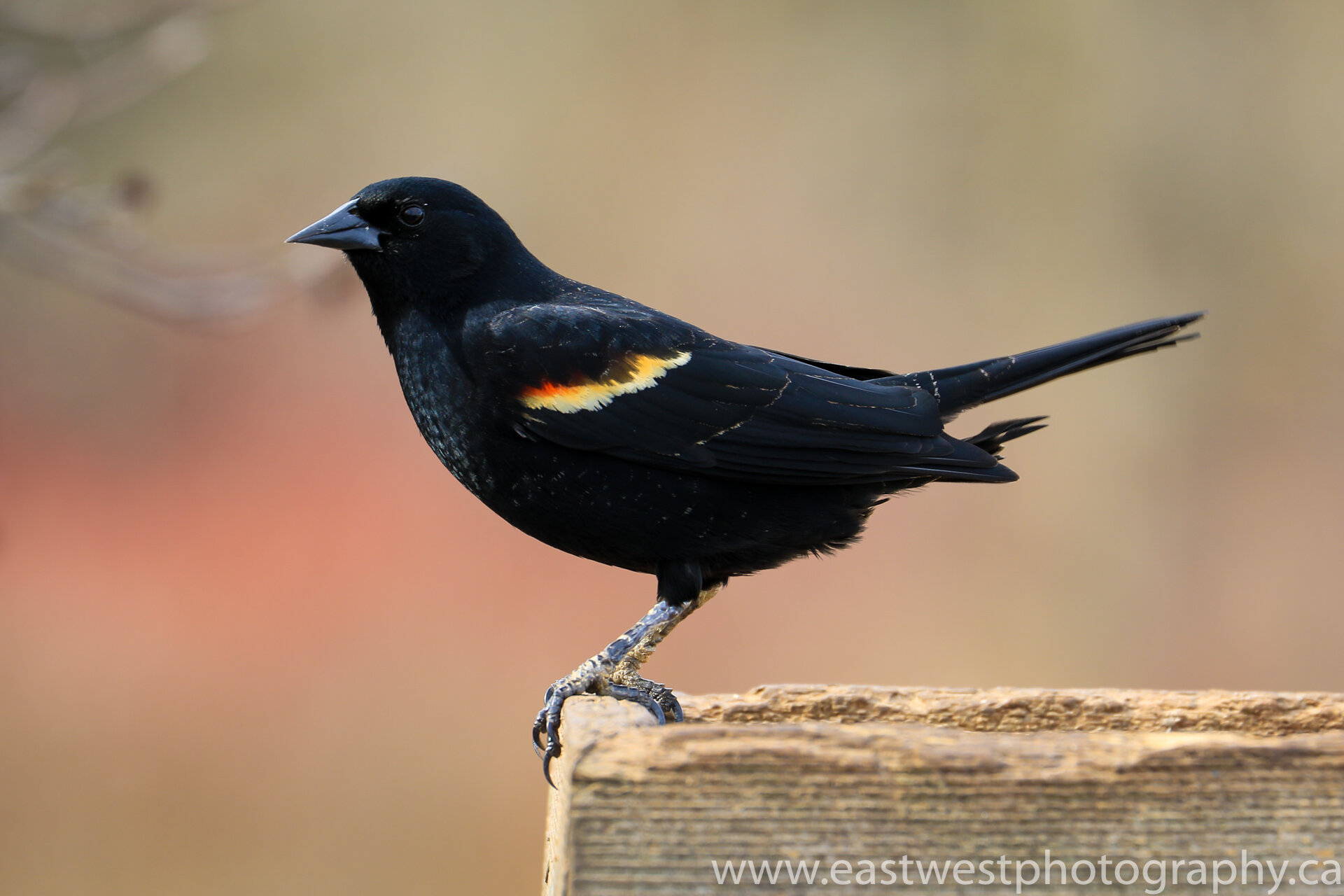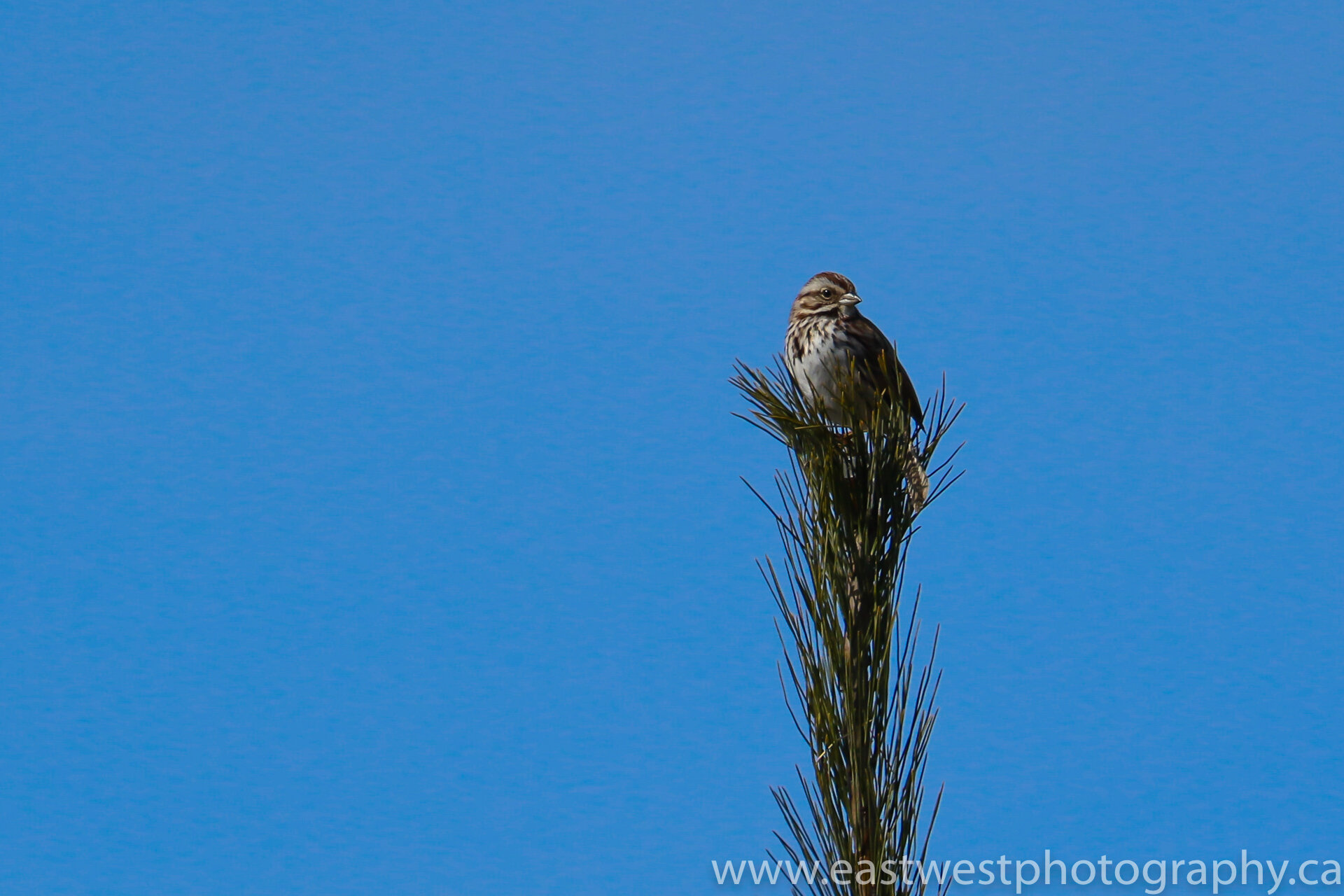Nature's Nocturne
I was the quintessential city girl. Thanks to my parents I’ve had the privilege of living in Milan, Sao Paulo, Paris, Toronto, and now as a 30-something adult, Amsterdam. But regardless of the city, there were some sounds that made up my daily sound track: the hustle and bustle of traffic, the roar of motorcycles, the halting brakes of the metro, the pounding of jackhammers, the tiresome beeps of reversing trucks, the dings of a departing tram and now in Amsterdam, the clinking and clanking of passing bicycles. Animals were minimal, and whatever bird life there was, quickly drowned out.
The sounds of nature were not part of my daily repertoire. Fast-forward to my nature-loving husband whose mantra is, “Let’s thank God for the bumblebees and the butterflies,” and a whole new world opened up for me. I remember on some of our first forest walks together being mesmerized by the sweet cacophony of different birds singing away in the canopy of the trees. To me, it felt like nothing short of miraculous. Call me crazy, but it stirred something deep inside that I was (and still) unable to put into words.
It reminds me of a quotation from Shakespeare, “The earth has music for those who listen.” For me, so often I am unable to hear the beautiful music of the earth. One, because I am usually too busy making my own noise, and two, I’ve forgotten to listen (something I’m working on).
Recently, I bumped into an article published by the BBC that explored how plants have senses. They can see and hear, AND respond. Obviously, their senses express themselves a little differently than ours, however, there is no doubt that they are present, and are continually responding to the world around them.
A fascinating study conducted by Heidi Appel and Rex Cocroft from the University of Missouri found that the munching sounds of caterpillars caused plants to release chemical defenses to their leaves for the purpose of deterring these little predators. Isn’t that amazing?! You can read their findings here.
It seems that even though plants do not have ears, in the traditional sense, they can sense vibrations and frequencies, and thus react accordingly. But what else do plants hear?
What astounded me the most was a recent mini lecture that I listened to that explored the relationship between birdsong and plants. Plants receive most of their nutrition through their roots from the soil. However, there are also micronutrients found in the dew that descend in the early morning. Plant leaves have what’s called stomata. A stoma is a tiny opening or mouth found on the under-surface of leaves. Two cells (guard cells) make up the stoma that open and close with resonant frequency or vibration. These stomata are able to open up to receive the micronutrients that come from the air when the dew falls, and thus impact the plant’s growth.
A correlation was made between the opening and closing of the stomata and when birds sing. When do birds sing the most? Usually just before or at dawn precisely as the dew begins to settle. The frequencies from the birdsongs allow the stomata to open and receive all the micronutrients that descend upon the surface of their leaves. Is this not absolutely incredible!!!??
I’ve been able to find a number of articles discussing experiments regarding the link between the opening of stomata with certain frequencies (i.e. musical tones or types of music) and plant growth. There are even businesses in the USA capitalizing on this. They sell a whole sound system, recordings, and fertilizers to farmers that they can use to incorporate this phenomenon. Imagine a farm setting up speakers with surround sound around their fields playing birdsong while simultaneously foliar feeding (spraying water-soluble fertilizers on the surfaces of leaves). I wonder if they turn up the bass on that?! The scientific community seems to be divided on some of the research, however, it has me riveted.
It also brings into question all the pesticides being used for farming, and how it affects birdlife. Of course, there is the known fact that pesticides can have a deadly impact on birds. Like DDT and DDT’s chemical relatives killing bird population. But an indirect effect is bird starvation. One of the main objectives of pesticides is to kill insect threat to crops, but as a result, there is now no longer a food source for birds. So, if they aren’t able to migrate to another location to find food, they die. (You can read more here).
And isn’t it wild to think that the very animals we need to help support our plants and crops to grow and thrive are the very ones we deter or inadvertently kill? Perhaps the issue at hand is much more complicated than my current understanding, nonetheless, it speaks to me about the wonderful balance we find in nature.
It’s miraculous to see and understand how plant and animal life are so interconnected. In the blog post, Amongst Wolves, I mentioned how the reintroduction of wolves had incredibly changed the landscape of Yellowstone National Park. There is so much we can learn from nature. I can only imagine the transformation and flourishing we would see if we prioritized bird life when it comes to the impact that they have on plants (and as a result, our food source).
This brings a whole new meaning to allowing the music of the earth to fill our ears and to allow it to touch our hearts.
Which sounds of nature enthrall you the most?
Although I have a deep admiration for our feathered friends, I definitely do not have the patience for bird photography. Mike Agiannidis has patience in spades. He is a typical renaissance man- photographer, fisherman, and car whisperer, who is brilliant at all three. Based in Toronto, Canada, him and his wife specialize in landscape and automotive photography. He was kind enough to showcase some of his wonderful bird photography for this blog post. You can find them here, on Instagram, and here. Make sure to check out their superb photography.
Make sure to check out our web shop for beautiful fine art botanical prints to adorn any space you call your own. Let nature in with us!
Want more? Stay up to date, connect with us and be part of our nature-loving, adventure-seeking, and obsessed with all things botanical community! Follow us on Instagram, Facebook or Pinterest.





